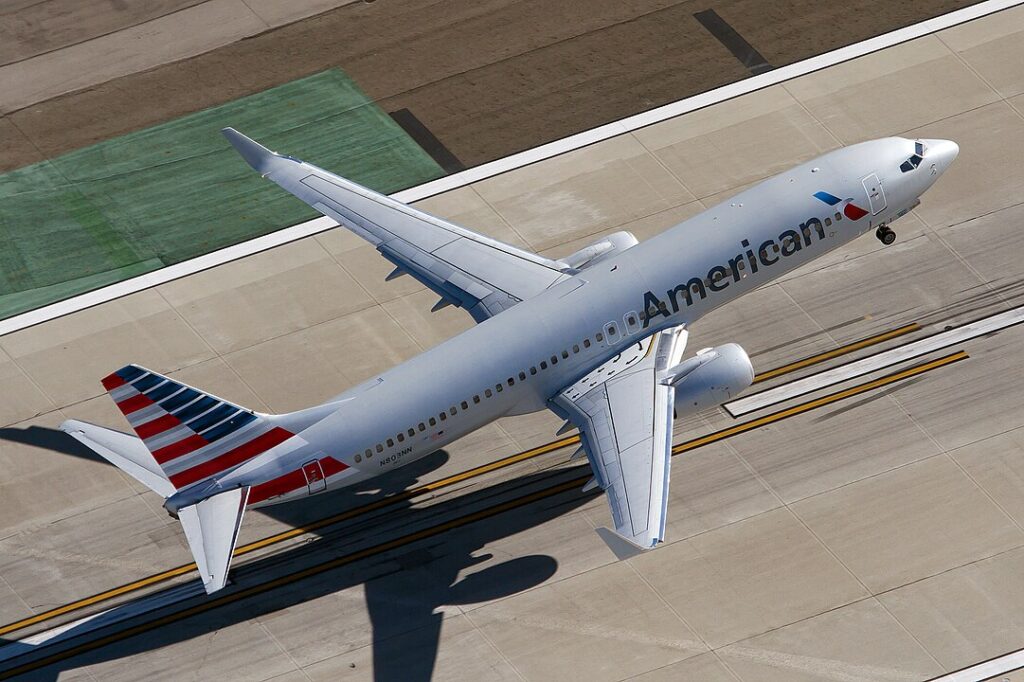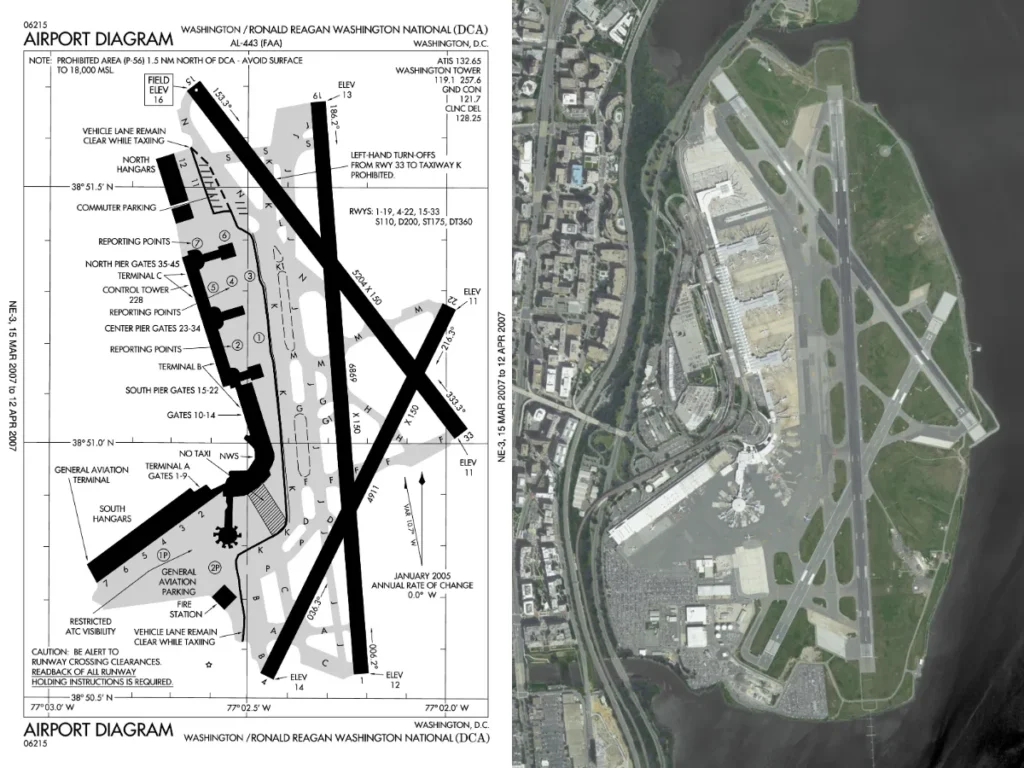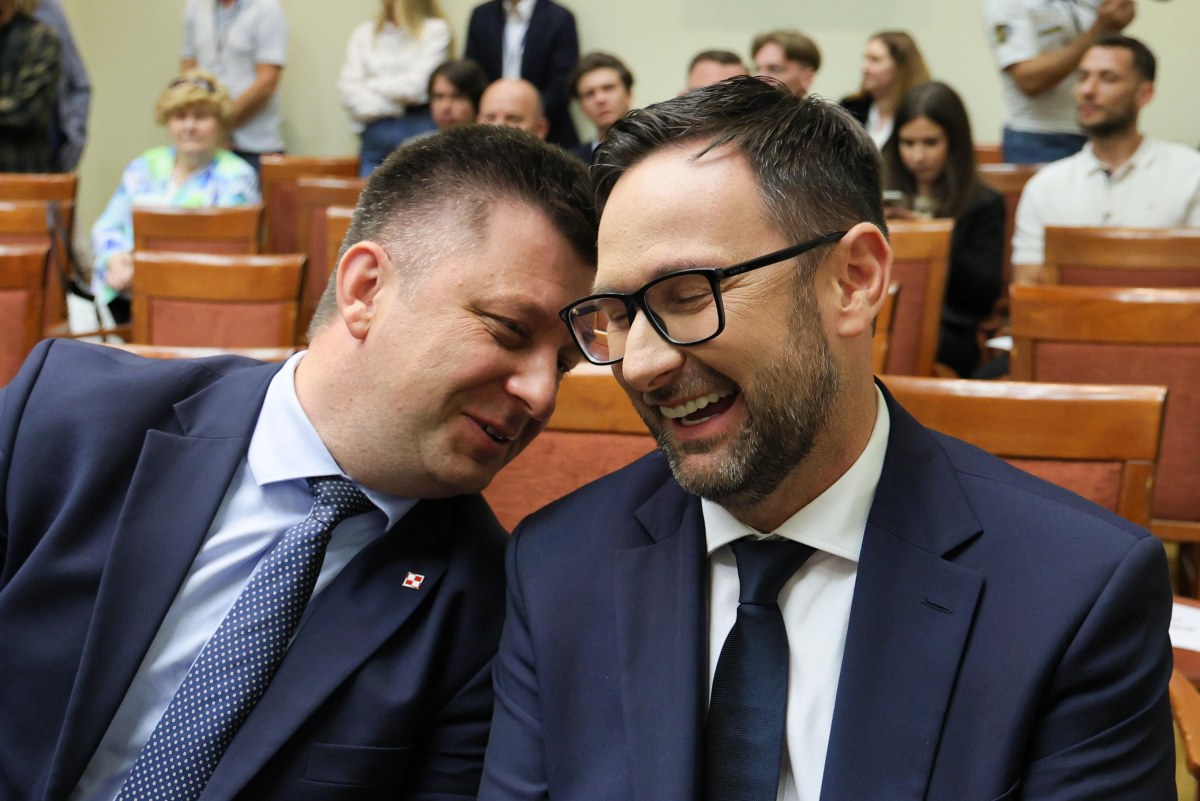
Вашингтон- 26 апреля 2025 года рейс American Airlines (AA) 1629 год, управляемый Boeing 737-800 из Далласа (DFW), приземлился на Национальный аэропорт Вашингтона (DCA)Там пилот якобы не следовал инструкциям таксиста.
То, что начиналось как обычное прибытие, быстро обострилось, когда пилот участвовал в жарком словесном обмене с ATC. Конфронтация создала Временные сбои на местах в DCA. Это ознаменовало необычную поломку типично структурированных протоколов связи между летными экипажами и диспетчерами башен.
 Фото: Andrew E. Cohen | Flickr
Фото: Andrew E. Cohen | Flickr«Это мой аэропорт»: американский пилот
Напряжение началось, когда диспетчер обвинил пилота в отклонении от выданных инструкций такси. Слышно, как АТЦ говорит: «Это мой аэропорт, и если вы этого не сделаете, это будет отклонение пилота. "
Он наказал команду за то, что она не слушала и шла по неправильному маршруту. Несмотря на попытки пилота уточнить свою позицию и выполнить, диспетчер неоднократно подчеркивал, что инструкции не выполняются.
Рейс 1629Действуя под регистрацией N966NN, было поручено выйти на такси Кило (К) и связаться с наземным контролем на частота 121.7 (точка 7) Однако путаница или недопонимание в ходе этого процесса, по-видимому, усиливают напряженность.
Несмотря на то, что самолет находился в безопасности на земле и никто из пассажиров не подвергался риску, резкий тон и повторные корректировки со стороны УВД вызвали недоумение.
Пилот одного из AA1629 В конце концов ему было предложено связаться с Центром наземного контроля для дальнейшей координации. Ему предложили номер телефона для обсуждения инцидента в автономном режиме — типичный шаг, когда отклонение или жалоба могут быть официально рассмотрены.
Читайте также: Все пилоты Nippon Airways и New York ATC
 Фото: Фабрицио Гандольфо; Wikimedia Commons
Фото: Фабрицио Гандольфо; Wikimedia CommonsЭффективная коммуникация должна быть
Четкая связь между пилотами и УВД по-прежнему имеет важное значение для поддержания безопасности и эффективности всей авиационной системы. Этот постоянный диалог обеспечивает надлежащее разделение воздушных судов, предотвращает потенциальные столкновения и способствует плавному управлению движением.
Когда диспетчерская вышка выдает инструкции по направлению, пилоты должны точно следовать им, чтобы избежать отклонения пилота.
И наоборот, если контроллеры обеспечивают неправильное руководство во время посадки или взлета, это представляет собой отклонение башни. Обе стороны должны поддерживать четкую и точную связь для предотвращения серьезных инцидентов.
Без надлежащей координации могут развиваться опасные сценарии, такие как посадка самолетов на занятые рулежные дорожки или конфликт с вылетающими рейсами.
В таких случаях любая авария будет связана с ошибкой пилота, если летный экипаж не будет следовать надлежащим инструкциям.
Читайте также: Пилот Delta поспорил с ATC
 Фото: FAA & Wikipedia; Разработчик: Aviation A2Z
Фото: FAA & Wikipedia; Разработчик: Aviation A2ZНижняя линия
Этот инцидент подчеркивает критическую важность четкого, спокойного и профессионального общения между пилотами и ATC, особенно в оживленных аэропортах. Washington National (DCA).
В то время как безопасность никогда не была нарушена, обмен подчеркивает, как легко недопонимание может привести к разочарованию на обоих концах радио.
С надзором FAA это может привести к последующим обсуждениям поведения и протокола для обеих сторон.
Оставайтесь с нами. Следуйте за нами в социальных сетях для последних обновлений.
Присоединяйтесь к нам в Telegram Group для последних обновлений авиации. Следуйте за нами в Google News
Пилот Boeing 777 авиакомпании American Airlines подвергся критике со стороны ATC во время такси
Авиакомпания American Airlines 737 Pilot и Washington ATC Involved in Heated Argument впервые появились на Aviation A2Z.







![Monitoring na nowo. Końskie miastem pod kamerami [wideo, zdjęcia]](https://tkn24.pl/wp-content/uploads/2025/09/Monitoring-w-Konskich.jpg)

